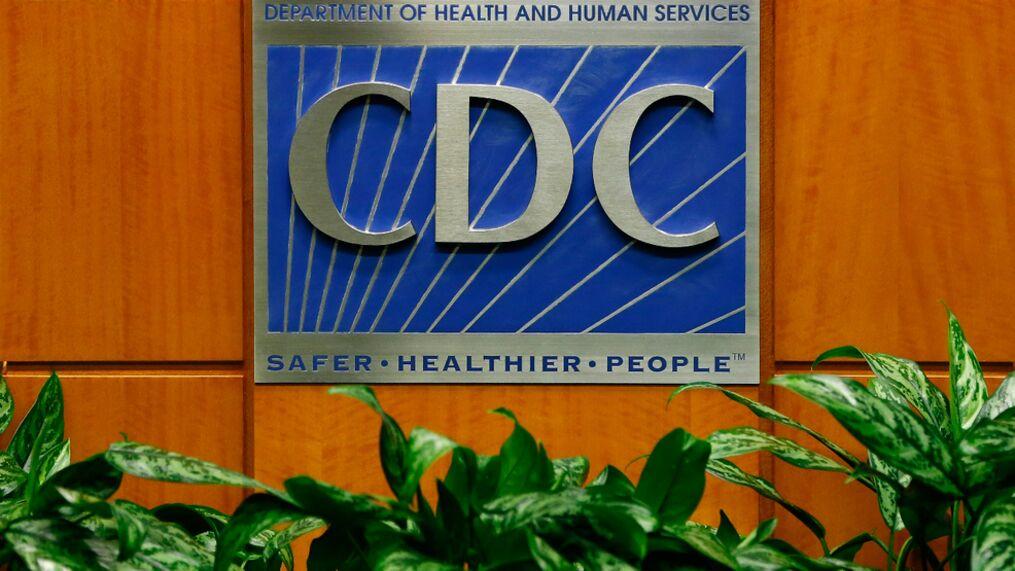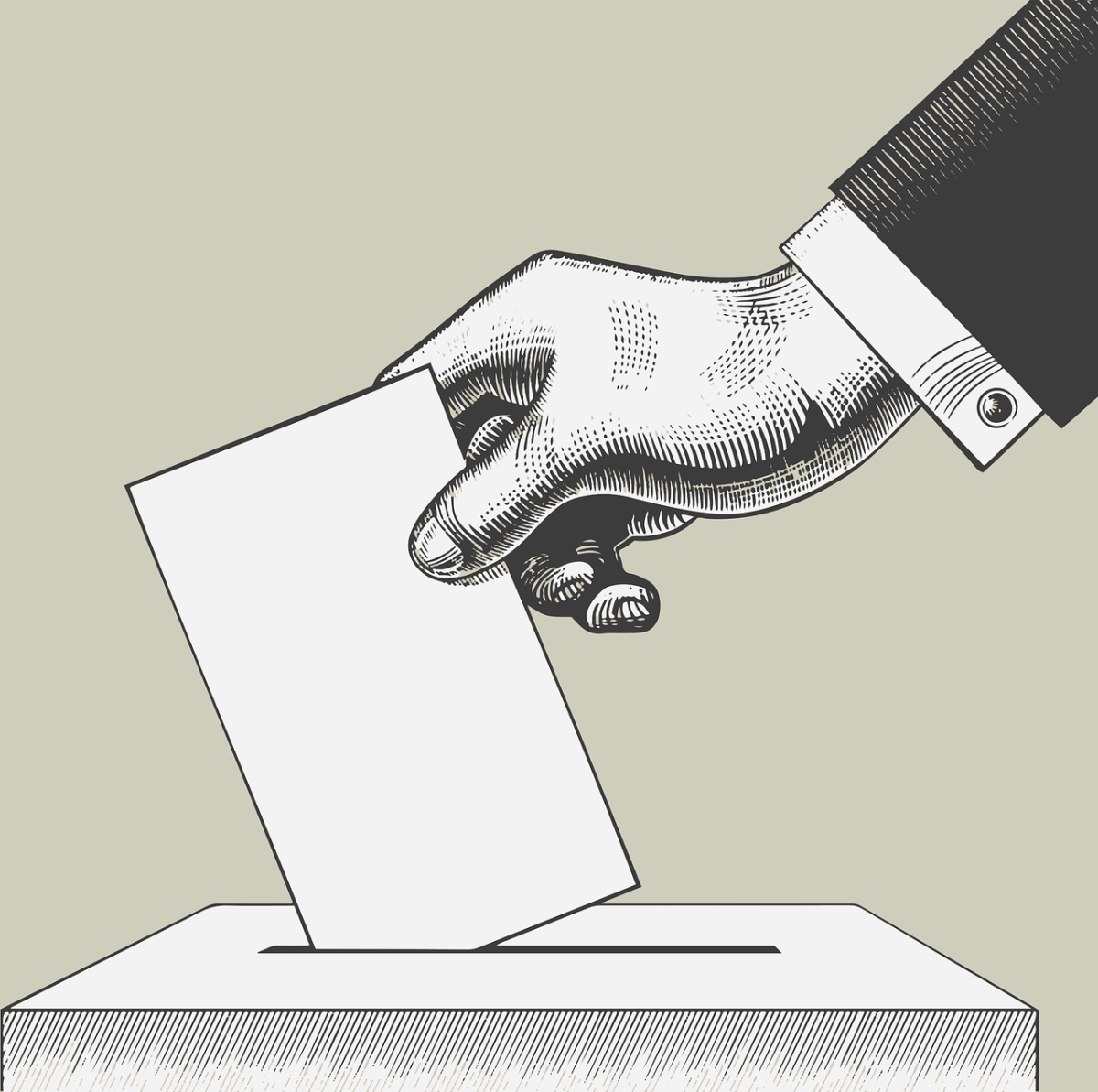On Monday, the U.S. Centers for Disease Control and Prevention (CDC) came out with a new set of guidelines for Americans that have received COVID-19 vaccines. They consider a person to be fully vaccinated two weeks after receiving the final dose.
The new CDC guidance gives many freedoms to vaccinated Americans that would have been unthinkable just a few months ago. Chiefly, it allows vaccinated persons to congregate with other vaccinated persons indoors without mask-wearing or physical distancing. This is feasible due to the high efficacy ratings of some of the most popular vaccines in the U.S., such as those from Pfizer and Moderna. This new guidance could allow family members to visit each other again, something that has been nearly impossible to do thus far.
It remains unknown whether vaccinated persons can carry and transmit COVID-19 to unvaccinated persons, so Dr. Anthony Fauci and the CDC are advising caution and vigilance until new evidence arises. New research, however, is beginning to show that vaccinated persons cannot, or have a lower risk, of transmitting the virus to unvaccinated persons. A study by Pfizer and the Israeli Health Ministry shows that the Pfizer vaccine reduced transmission by approximately 90 percent.
The guidance also allows for vaccinated persons to meet indoors with unvaccinated persons living in households with no high-risk individuals without mask-wearing or physical distancing.
The CDC also exempts fully vaccinated persons from having to quarantine or receive COVID-19 testing after coming into contact with an individual who tested positive for the virus.
According to the CDC, “While the new guidance is a positive step, the vast majority of people need to be fully vaccinated before COVID-19 precautions can be lifted broadly.” The CDC still recommends that vaccinated persons take certain precautions when in public, when visiting with unvaccinated people from multiple households, and when around high-risk unvaccinated individuals. These measures include wearing a well-fitted mask, staying at least six feet apart, avoiding medium and large-sized gatherings, getting tested if they exhibit any symptoms of COVID-19, following employer-issued guidance, and following CDC and health department travel recommendations and requirements.
“The rate at which new guidance will develop is directly related to how quickly we vaccinate the country,” says Andy Slavitt, the Biden administration’s senior COVID-19 advisor. Currently, about 18 percent of Americans have received at least one vaccine shot, while 10 percent have been fully vaccinated. Those numbers are expected to rise as the U.S. receives more shipments of doses from Pfizer, Moderna, Johnson & Johnson (J&J), and others. President Biden has stated that COVID-19 vaccines should be available to every adult who wants one in May 2021.
There are concerns about the new guidance, however. A main point is that the J&J vaccine has a lower efficacy rating than the Pfizer and Moderna vaccines. Across eight countries, it has been found 66 percent effective at preventing moderate to severe disease; 72 percent effective in the U.S. The vaccine was found to be 85 percent effective at preventing severe disease, however, and 100 percent effective at preventing deaths due to COVID-19. The other issue of concern is the new mutations of COVID-19 that have been spreading across the world, as there is no conclusive evidence that the current vaccines can protect against new strains. Current CDC research suggests that the current vaccines do recognize the new variants, however, which is promising.
The CDC’s guidance surrounding COVID-19 will continue to evolve as new information becomes available and more Americans get vaccinated. For now, the new guidance is a step in the right direction, and a sign that the U.S. is moving closer to a return to normalcy in a world dominated by COVID-19.




































